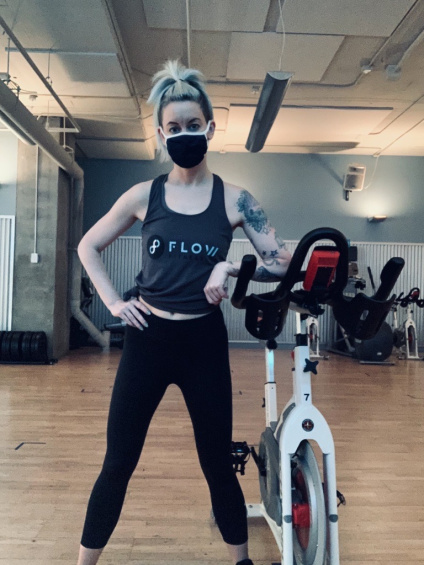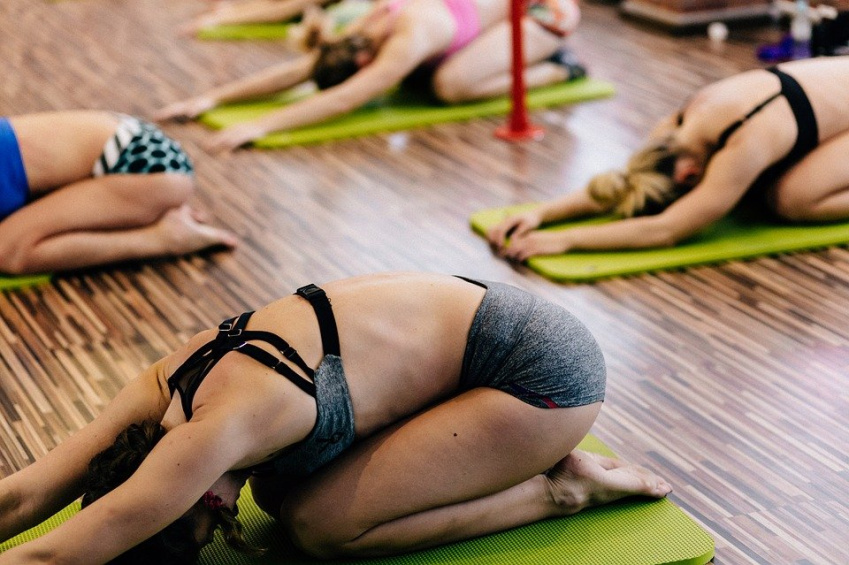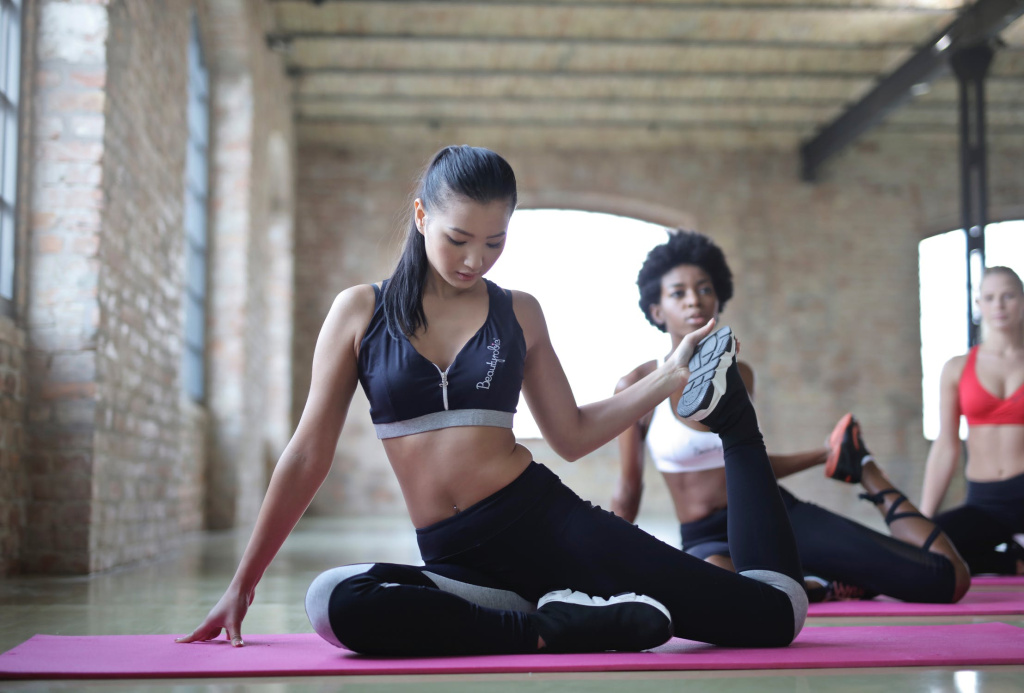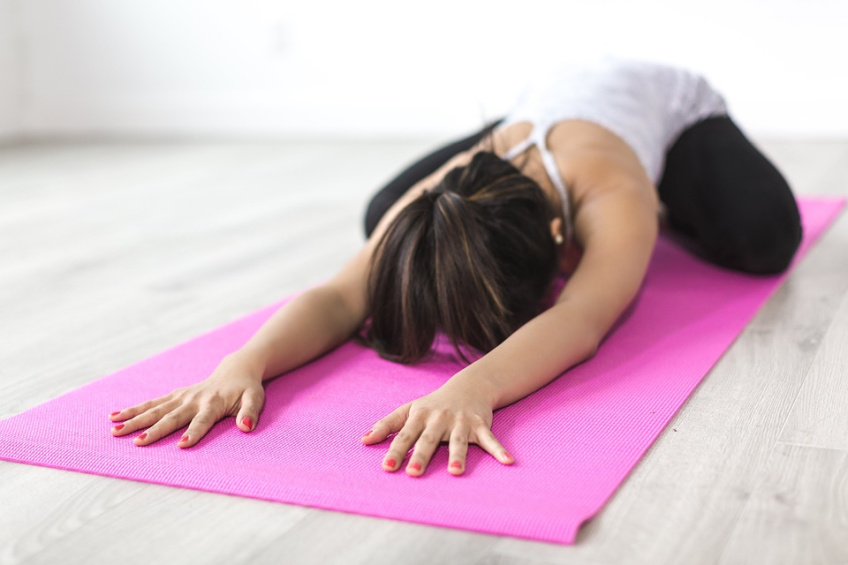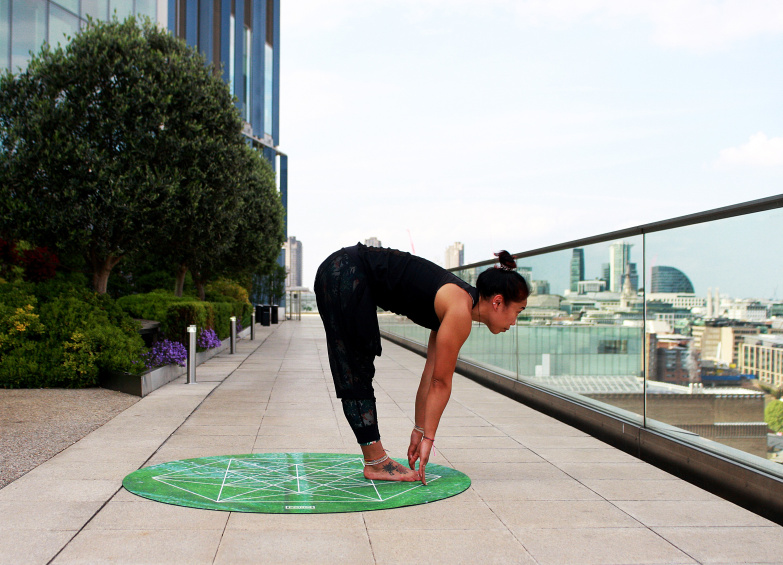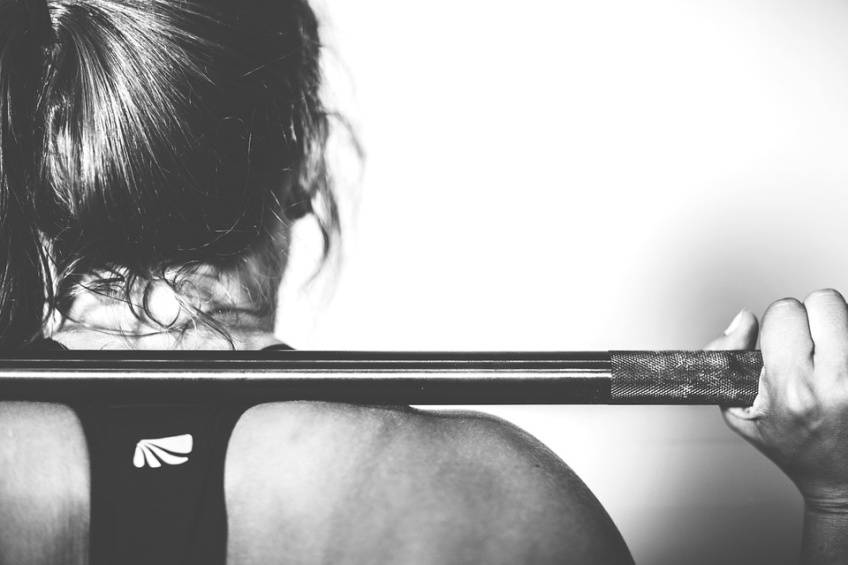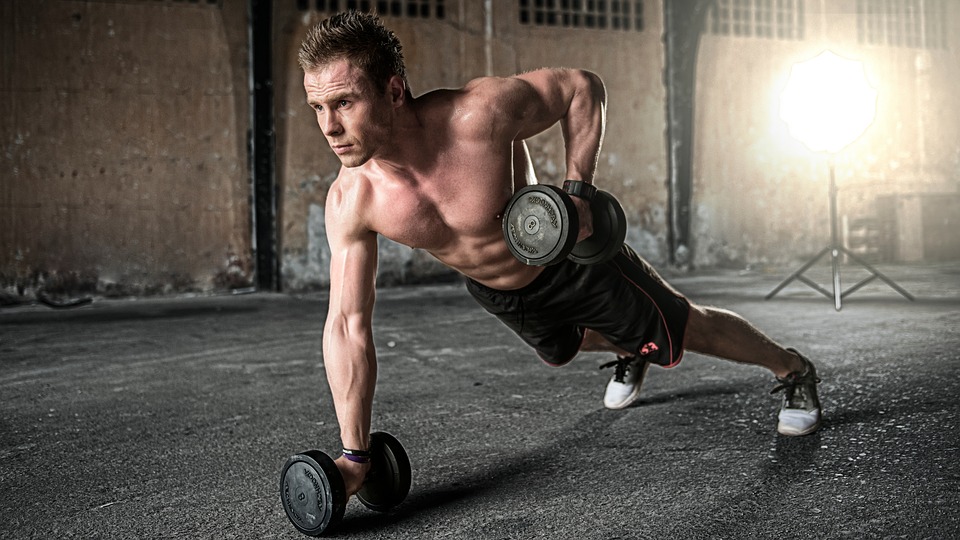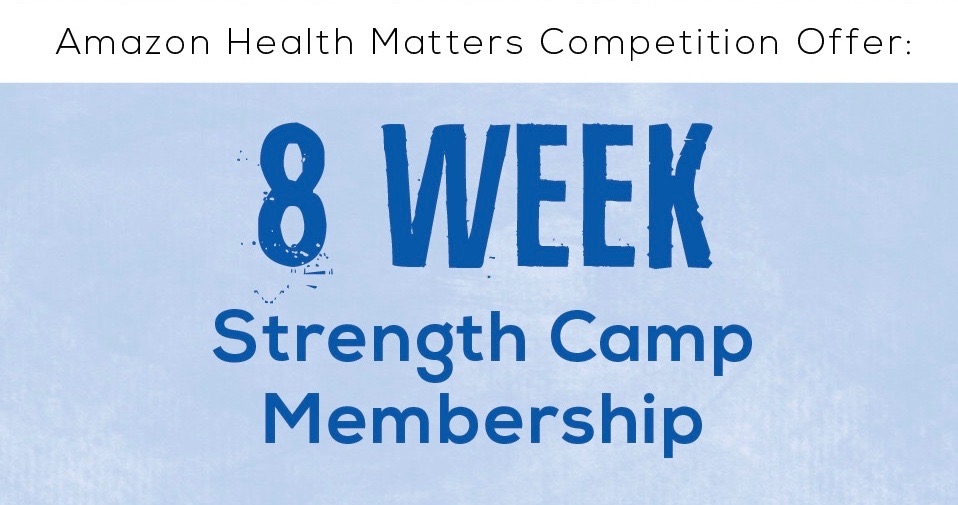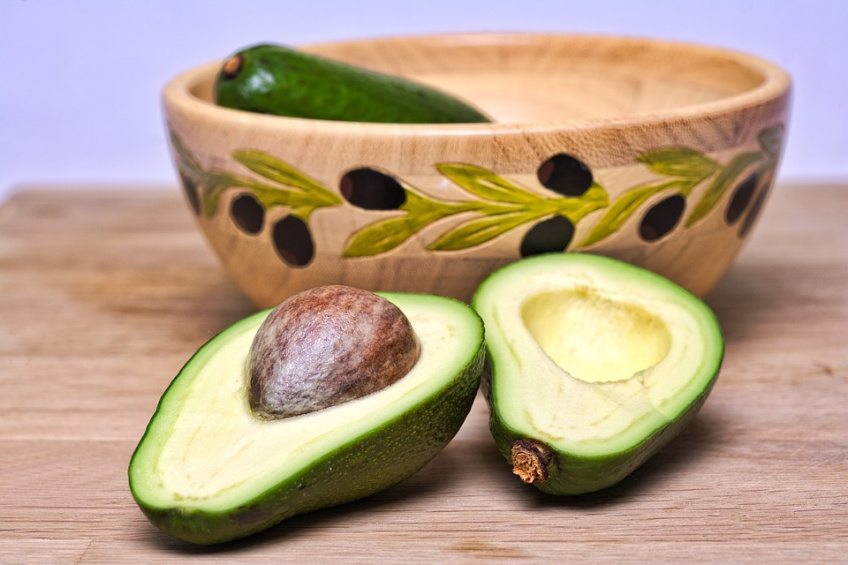As many fitness lovers have experienced during the pandemic, exercise in a mask is possible. Enjoyable? Not exactly, but it’s do-able and becomes more tolerable with every workout.
Yoga, Pilates, Barre and some Strength Training workouts seem to be the mask-wearer’s preference as for the most part, the participant’s heart rate stays within manageable ranges. But what about more intense cardio?
As Flow Fitness’s Cycle Program Director, my biggest challenge has been convincing people that they’re going to be just fine participating in my classes while wearing a mask.
Earlier in the pandemic, not a lot was known about exercising in a mask. However, as more studies were conducted, it has been concluded that even intense exercise in a mask is not dangerous as long as the participant listens to their body. The body’s Oxygen and CO2 levels in a mask are at similar levels to those working out without masks.
We know it is safe, but how can we make it FEEL better?
The short answer is repetition (i.e. building up a tolerance to it). The more we practice something, the more it becomes routine. I’ll also share some of my own personal tips and tricks from teaching and taking Cycle and H.I.I.T in a mask for a few months:
Bring more than one mask!
Bring even more than two if you tend to sweat a lot. I wear a pre and post class mask that I do not wear during the actual workout. That way when class is over, I can switch back to my dry mask and chat with members without feeling gross. Those who bring multiple masks are less likely to rush off and can socialize with other members and the instructor when the hard work has concluded! Some people even bring two masks for the workout and switch halfway through to a fresh mask. I know this sounds like a lot of masks, but it can be a game changer in making the class more enjoyable!
Own a mask that is actually made for exercising.
Not all masks are created equal when it comes to strenuous workouts. Many established fitness apparel brands have taken the time to design masks for people who want to enjoy workouts in a gym during Covid restrictions. Take advantage! You would not join a class without proper equipment. The same goes for your mask.
Ease into it
When I’m participating in a high intensity class, I push hard but I know my limits. If it becomes hard to breathe with your mask on, simply back off. If you’re in Cycle class, turn the resistance down. If you’re in Team Conditioning and doing a tough cardio finisher, pace yourself if needed. With a mask on, I’m not always achieving the power levels that I would normally maintain in Cycle and I’m okay with that. It is important to remember that while there are restrictions, we still have a safe place to move our bodies and become stronger.
It may not be for everyone.
There are other physical barriers that may prevent some people from tolerating intense exercise in a mask, such as asthma or other chronic respiratory conditions. If you have any concerns regarding exercising in a mask, you should absolutely consult your doctor before participating in a high intensity class.
Pacing yourself, staying consistent, and having the right mask(s) will set you up for success in conquering tough workouts during Covid restrictions! As always, Flow trainers and instructors will be there every step of the way to encourage you and support you.

